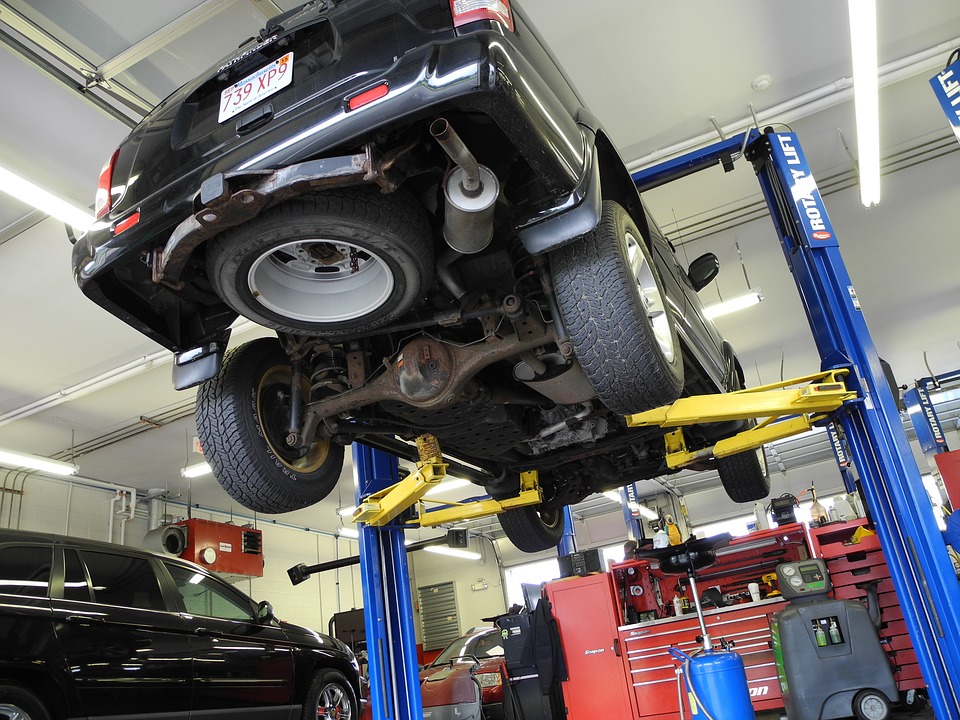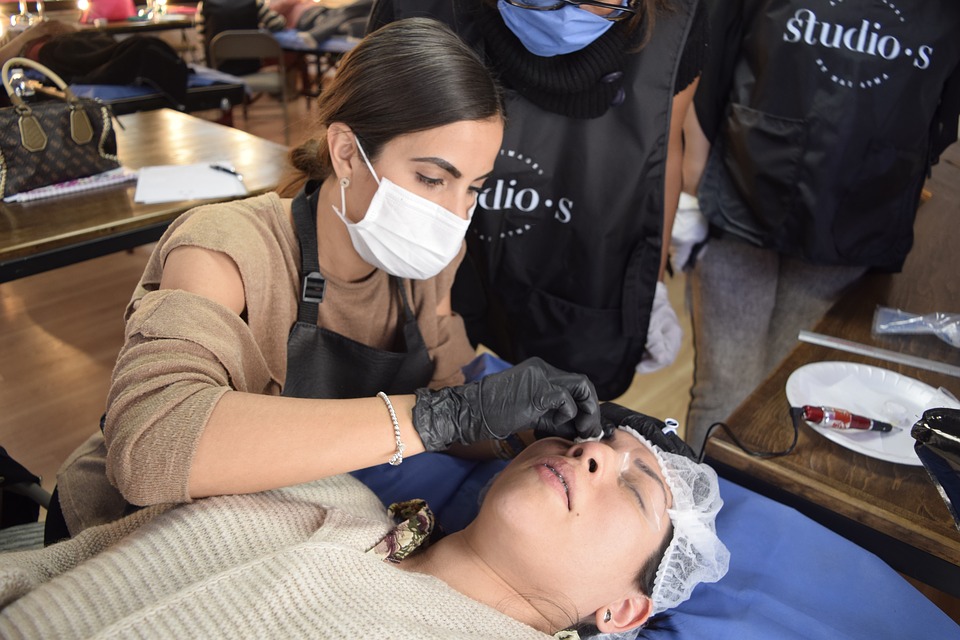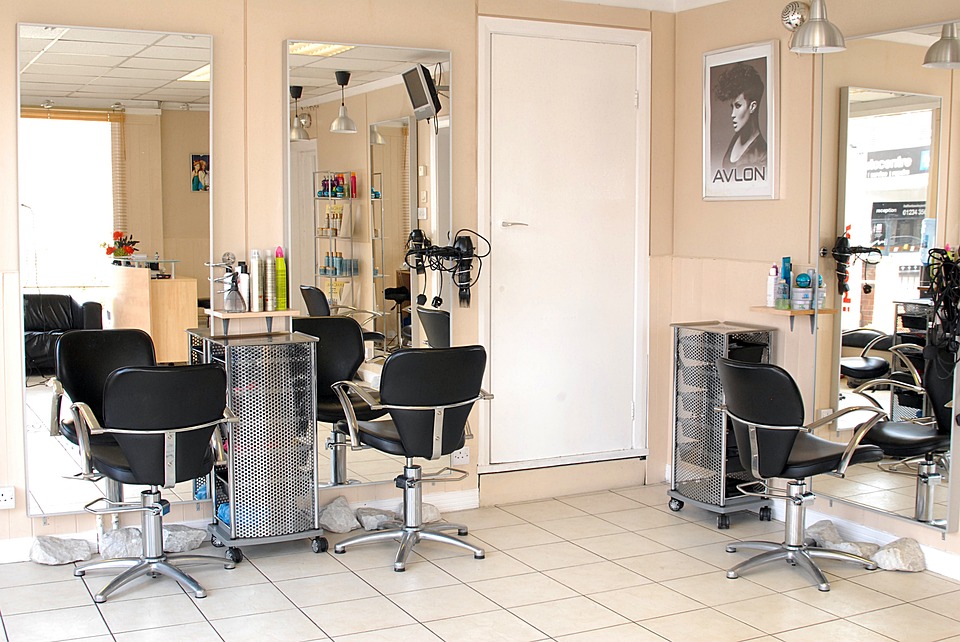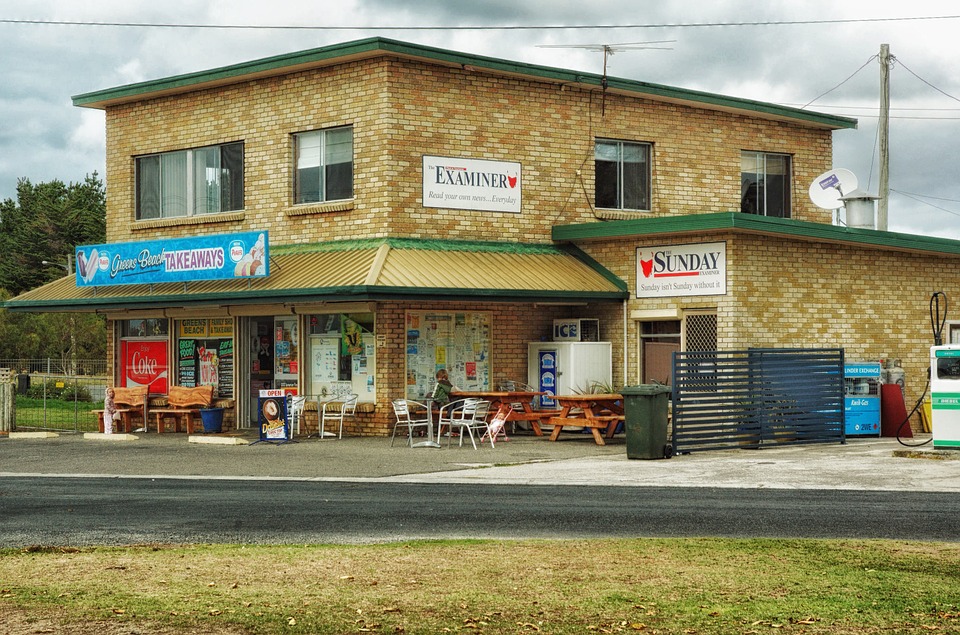3D Jewelry Printing Revolution can cause general liability insurance changes
Jewelry making has always been a time honored tradition requiring skilled artisans to create exquisite jewelry pieces. These pieces are sold in jewelry shops, boutiques, antique shops and galleries offering these tiny works of art. Many jewelers have their own shops and sell their own custom designs. Alternately, originals and reproductions are sold in retail stores throughout the country on consignment; after purchasing directly from the artisan, or by obtaining copyright permission from the master artisan who designed and created the piece to mass produce it.

In modern day many crafters also create jewelry on a smaller scale and sell it directly at art festivals, crafter’s markets, flea markets, mail orders and other means of distribution. In short jewelry sales in all its various forms is BIG BUSINESS. Jewelry sales in 2014 exceeded $68 billion dollars according to the 2014 US Jewelry Market Report.
3D jewelry printing will revolutionize the jewelry making business.
3D printing will have a compound effect upon the industry as new methods will require different types of insurance to protect the artisans who make and sell jewelry. 3 D jewelry printing is actually one (1) form of seven (7) categories of additive manufacturing. This process allows artisans to create an original piece of jewelry using additive manufacturing and replicate the jewelry in mass. Jewelry makers will no longer be required to design each original piece using traditional lapidary and hand tools to chisel and polish gem stones and settings. Instead they can use 3D jewelry printing.
Additive manufacturing (ADM) methods used to make jewelry differ. There are several viable options. American Pearl has built the “Jewelry Replicator” which can duplicate any piece of jewelry or create jewelry pieces from a photo or a drawing. As a result antique jewelry can be recreated when a piece is lost or broken beyond repair. 3D photo files can be created using software designed for jewelers such as “Rhinogold” to control the printer and design the actual jewelry. Jewelry made with rare metals and jewel can be created using a combination of techniques based on the jeweler’s preference.
3D Printers, other related equipment and the components for making the jewelry in house using ADM must be put in place; which means an initial investment in the equipment, supplies and chemicals used in the process. These items may be a great deal more expensive than traditional hand tools used in the past, but can be offset by the reduction in amount of time it takes to make the piece or pieces. Or, jewelers have the option of sending a 3D software file to an outside printing service to print the jewelry piece rather than purchasing the printing equipment.
Ultimately, after the jewelry making process is chosen and the machinery and equipment are in place to replicate the jewelry, it may radically reduce the cost of producing the jewelry. The ability to reproduce from a drawing or photo may diminish the need for galleries and show rooms and cause the retail value of some types of jewelry to fall as the supply of the product will increase.
On the other hand, it should lessen the costs of producing, copying and distributing the jewelry which will mean a bigger profit for the maker and seller.
Insurance coverage for Retail Jewelry Stores will need to be expanded.
Types of insurance which are available for Jewelers are:
- Jewelers Standard policy
- Jewelers Block Policy
- Business Owners package designed for jewelers
- Commercial Insurance Package designed for jewelers.
All of the above can be customized to fit the needs of any particular jewelry business.
Retail jewelry stores generally need the same types of insurance as any other business including general liability, worker’s compensation and standard business property coverage.
Jeweler’s also need property coverage for their building, fixtures, tools, equipment, molds, designs and original art work used to design jewelry. Other recommended insurance riders or supplements include, marine inland, Bailee’s insurance, and employer’s liability.
A jeweler’s property insurance must cover raw inventory, including stones, rare jewels, gold, copper, silver and other types of metal and elements used in jewelry making and design as well. Most of these coverage needs will not need to change due to additive manufacturing.
Insurance needs will change for:
- general liability for new processes
- new types of equipment,
- products and environmental liability,
- and, workers compensation.
Retail sales of jewelry are insured for general liability pursuant to the Class Codes depending on which of the 4 general classification codes are used to obtain a quote. For example. if using NAICS, retail jewelers fall under the Industry Group 44813 and the basic NAICS class code for a jewelry store is NAICS 448310. However, if the store is considered a department store that sells a wide array of products, including jewelry it could be classified differently, but it is unlikely that a department store will engage in replicating 3D jewelry.
General liability policies for retail jewelry sales should fall under this class code (or similar code) for jewelry making, But the additional class code for additive manufacturing will be come applicable for 3D jewelry printing services. So the general liability policy would need to be amended to add this code.
It is critical to your coverage that any needed class codes be added as you are adding new tasks which may not be covered at all under jewelry sales.
As 3D printers were not historically used as equipment, jewelers will have to add coverage for a commercial 3D printer including coverage for repair or replacement and may need to increase or add loss of income if the machine is down for a stretch of time. Jewelers may also need insurance for loss of production when electrical outages occur. Increases to the amount of coverage for fire may be needed due to the technical requirements of the printer and the temperature reached during the process.
While there is little certainty about the future of products liability litigation regarding 3D jewelry printing in general, liability may arise. http://www.industryweek.com/emerging-technologies/3D-printing-and-its-uncertain-products-liability-landscape. Thus, it is prudent to explore what options are available through your agent to protect you from a products liability claim in case a client suffers injury directly from a product you created or from exposure to a component used in the 3D process.
Workers compensation insurance codes may need to be added to your policy as workers may be exposed to new risks during the 3D process. Byproducts of plastic and metal powders used in the additive process may also be an environmental pollutant and a workers compensation risk which may raise premium cost and increase your risk for pollution liability. Pollution is generally an exclusion under a general liability policy so you do need to examine you policy to determine if excluded, and determine options to obtain pollution coverage. The best way to address rising premium costs is to implement a safety plan for the business designed to combat these concerns and protect your worker’s health. The plan should also address disposal of byproducts and chemicals. See: http://www.lawnandlandscape.com/article/ll-071317-insurance-safety/
It may be necessary to protect 3D jewelry printing software files by adding or increasing cyber liability insurance. Patents, trademarks and copyright insurance should be added or enhanced especially if you are replicating jewelry produced by another artisan, or in case someone steals your designs electronically.
Thoughtful examination of your insurance policies will set you on the path to a successful and profitable 3D jewelry printing venture.
Image credit: Pixabay.com, used under Creative Commons CCO, permission from artist or attribution not needed for any purpose.











